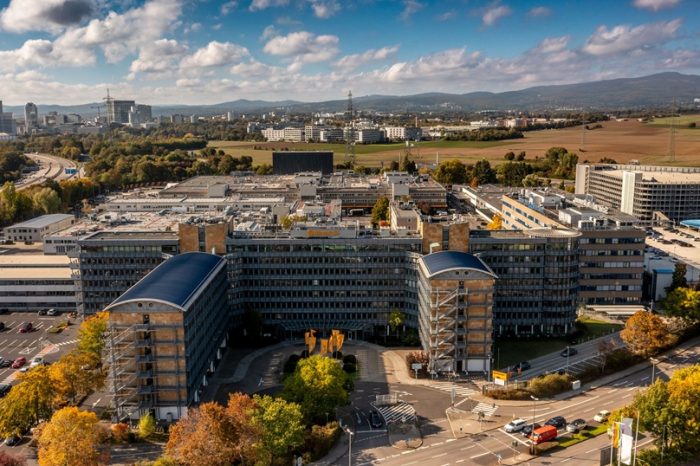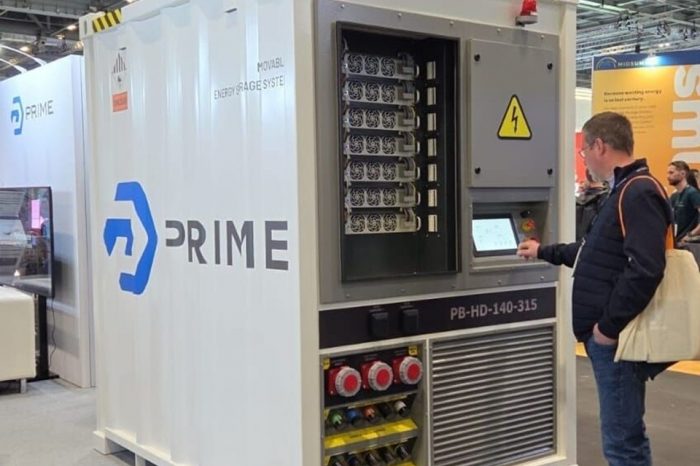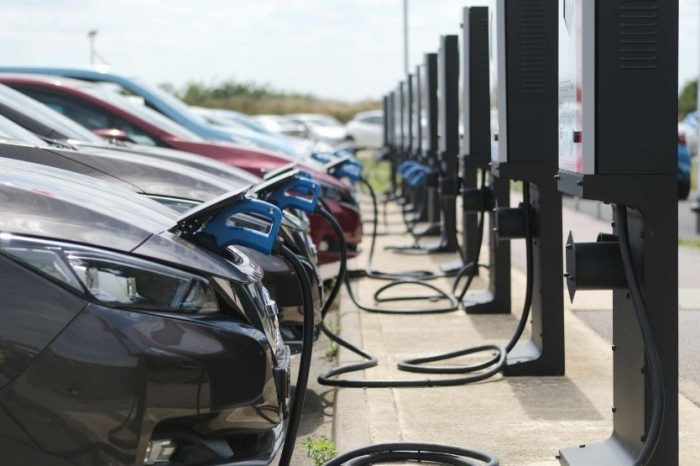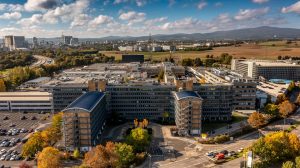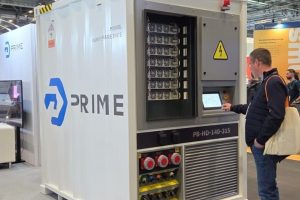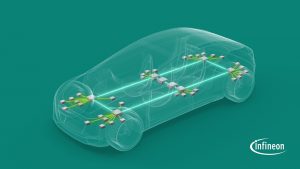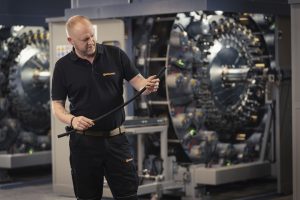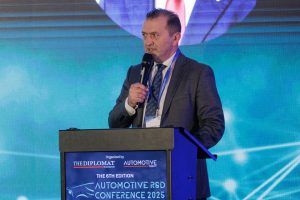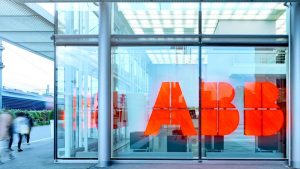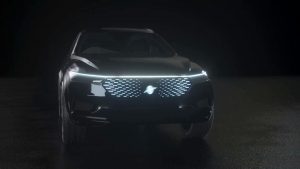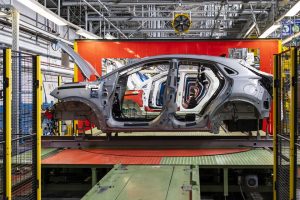INTERVIEW Josef Reiter, CEO BMW Romania: “Electric mobility is the future”
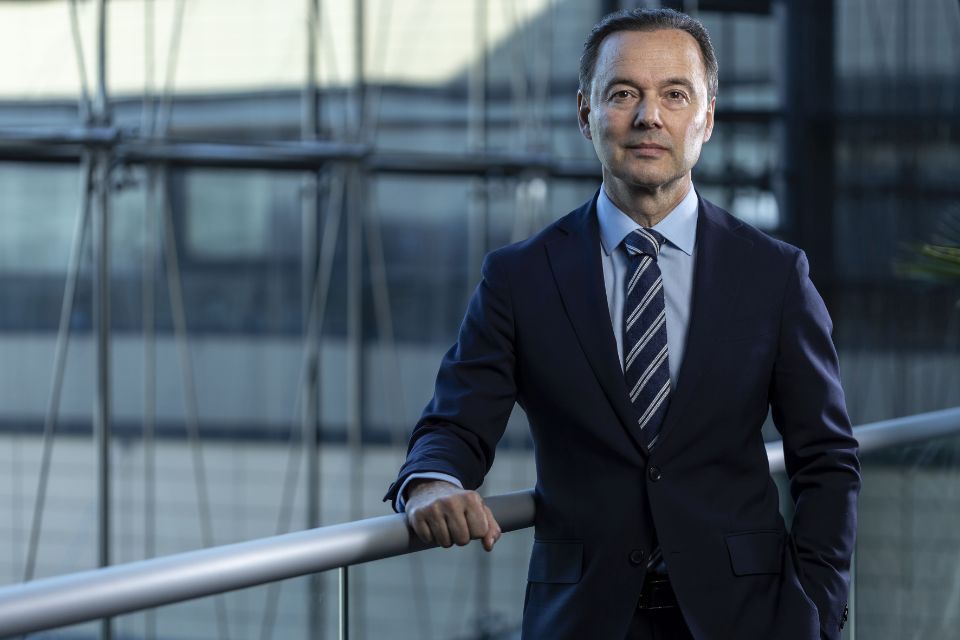
“I am sure that the industry will develop and offer strong products to support e-mobility. Still, we are in a special situation where the market success is dependent not only the product quality and the willingness of the clients to turn towards new products, but also on a very important external factors – infrastructure and the political ability to support the development of infrastructure,” Josef Reiter, CEO BMW Romania told Automotive Today.
“Also, the opportunity of other technologies like hydrogen and Co2 neutral e-fuels are not yet explored to full extend. Also, these new technologies could have a certain contribution in decarbonizing mobility.”
How do you feel about Romania’s transition to a cleaner mobility? Are we making enough progress on e-mobility?
Romania is one of the countries in the European Union with the strongest support programs for electric and plug-in hybrid cars purchase. That helped to set up a good base to establish a market electrified cars, electric and plug-in hybrid.
There are several important private investors that have developed high power charging networks in Romania, they are the second important success factor for e-mobility. Thanks to their important efforts, all major transport routes and all major cities have now several solutions for high power charging, so since several years already you can drive across Romania without limitation. We have clients that have driven their BMW i3 from Bucharest to Budapest, or even Venice, in Italy.
We were the first that were very active on the electric car and plug-in hybrid market and with the BMW i3 had the best sold electric car on the Romanian market. We have answered all stereotypes that relate to an electric car: a good design can make sure that the battery has no major issues even after hundreds of thousands of km and 5 years of usage; even with few hundreds km range, the electric car is suitable for daily usage in the cities, range anxiety disappears after a few days of active usage; charging infrastructure can support driving long range trough Romania. In 2021, our brands are strongly evolving towards electrification. At BMW we have already a very diverse portfolio of plug-in hybrid models and are now strongly expanding the electric cars offer with the BMW iX3 that already started deliveries and BMW iX and BMW i4 that will have soon the market debut. MINI is also an excellent success story – 1 out of 4 sold MINI in 2021 is a MINI Electric, while 1 out of 3 are either electric or plug-in hybrid. With BMW CE 04 we have our first electric product in Romania for BMW Motorrad. The scooter will be launched later this year and we have already our first orders.
Romania has now already several thousand electric cars driving daily on the Romanian streets, they and their drivers are the best ambassadors for e-mobility. This is the best proof that electric cars are very relevant for the Romanian customers. The electric car market has grown organically, together with the charging infrastructure. In the last years we have seen an increase of new players on the market that have generated even more interest for electric car in general. We are making steps towards a general acceptance of the electrified car.
We have a good start, but the next step towards a more mature market it will be even more challenging. Everybody is aware now about the EU Commission intention towards a faster development of the electric car market with the Fit55 program. This major transformation cannot come without a highly important investment in infrastructure. Already before this highly goals, we were estimating a need of 30 million charging stations until 2030. One thing needs to be clear: if CO2 fleet targets are further tightened, the growing number of electric vehicles will also increase demand for infrastructure. For every percentage point the target is raised (including a corresponding increase of the benchmark level for zero and low emission vehicles), we will need at least another 200,000 public charging points – over and above the three million already needed by 2030.
Beside that there will be a challenge for Romania to reduce the CO2 footprint overall as within the “Green deal” of the European Community only then additional budgets will be released. One important measurement could be to control the enormous inflow of old used cars with extremely high Co2 emissions.
How do you see the evolution of e-mobility in Romania on short and medium term?
What needs to be understood, while electric mobility is the answer for the future, we need to support and understand the transition phase – internal combustion engines are now highly efficient and can be very clean and they are still highly relevant. An unprepared transformation towards e-mobility can restrict the opportunities for individual mobility as well as put huge pressure on both the electric infrastructure and electric network.
Without strategic planning and strong governmental support, this is clearly not possible.
We have started a major transformation. There are a lot of new opportunities – new types of product mean new channels, new communication, new expertise. The ones who will adapt better, will be the market leaders. The EU Recovery and Resilience Facility is a major opportunity for Romania to develop the much-needed transport and charging infrastructure. There are also a lot of challenges that come with the development of the pandemics, a volatile market and unpredictable economic development.
I am sure that the industry will develop and offer strong products to support e-mobility. Still, we are in a special situation where the market success is dependent not only the product quality and the willingness of the clients to turn towards new products, but also on a very important external factors – infrastructure and the political ability to support the development of infrastructure.
Also, the opportunity of other technologies like hydrogen and Co2 neutral e-fuels are not yet explored to full extend. Also, these new technologies could have a certain contribution in decarbonizing mobility.
What are your most important ongoing projects?
On one hands, we are preparing to launch strong e-mobility products: our most sophisticated and technology car ever produced – BMW iX, an electric SUV that can offer over 600 km range, and the BMW i4, our electric model in the medium segment, one that is defining for BMW image.
We are a leader in terms of services, including some of the most flexible and advance financial services programs. We offer from zero interest rate products, to BMW Select flexible leasing, with high guaranteed residual values and low monthly instalments, both for cars and motorcycles.
In after sales, we are further developing our services. We were the first to offer smart video communication for our workshop offers. We were the first to offer free car pick-up and delivery for our clients during the pandemics. We are now developing a drop-off and pick-up box system, so the clients have the flexibility to hand over and get their car back any time, also outside working hours and with limited direct interaction for safe social distancing.
What are the challenges you are facing now?
We are currently going a major transformation of the industry towards electrification, connectivity and digitalisation, and also autonomous driving. This major transformation is taking place in the middle of a highly volatile economic global situation and a global pandemic.
What is your company’s business approach in the current economic context?
Flexibility is our key. First – flexible production and products, so we can adapt to the market demand in the transition towards electrification. We have the unique possibility that we can build on the same production line combustion engine, plug-in hybrid, and electric cars, and we can adapt the offer quickly based on the market development and customer needs.


